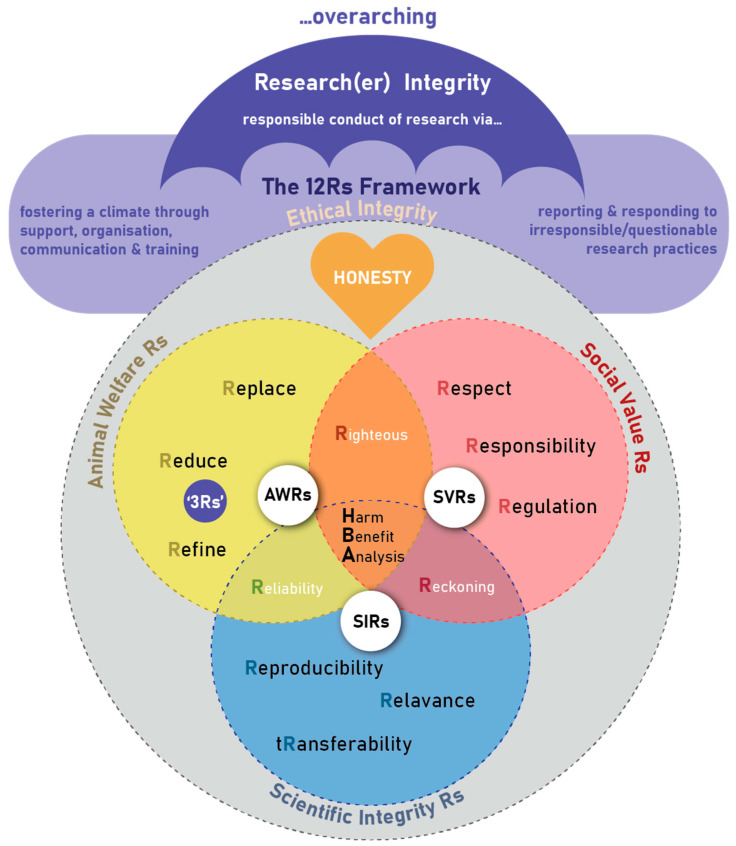
In the News
Making the switch from traditional to innovative laboratory animal identification solutions
The identification of laboratory mice is a necessity within laboratory research. In today’s market there are a variety of methods available for to identify laboratory mice, including traditional methods such as mouse ear punching, toe clipping, and ear tags for mice, as well as new innovative mouse ID methods such as Digitail or Labstamp.
For too long, traditional laboratory animal identification methods have dominated the market. These are methods that compromise animal welfare or data integrity, sometimes even both. In the 21st century we’re no longer restricted to these methods when there are newer alternatives available. At Somark we’re leading the way, helping to set the new standards in lab animal identification with our innovative technology and product range.
Efficiency and Ethical Considerations
Ethical considerations in drug discovery and research have gained significant attention in recent years. The principles of the 3Rs—Replacement, Reduction, and Refinement have served as guiding standards in animal research for over 50 years. Recently, there has been a new study published identifying a 12R framework for animal research ethics, emphasizing the need to minimize animal suffering whilst maximizing scientific value.
The original 3 principles advocate for the ethical treatment of lab animals, highlighting the need to enhance welfare during a study program. This aligns explicitly with the core pillars of business at Somark, with one pillar in particular dedicated to ensuring that our ID solutions prioritize the welfare of the animal.
- Make animal ID better for the scientists and technicians to apply and use, specifically to remove mis-identification errors
- Ensure our animal ID solutions are better for the welfare of the animal
Deliver improved efficiency for lab staff when using our solutions.
From the original 3Rs to the comprehensive 12Rs
This new framework expands on the original 3Rs, by introducing 9 new principals which focus on Social Values and Scientific Integrity, aligning seamlessly with Somark’s mission.
The Social Value Rs
- Respect
- Responsibility
- Regulation
The Scientific Integrity Rs
- Reproducibility
- Relevance
- tRansferability
The Domain Intersection Rs
- Righteousness
- Reliability
- Reckoning
Sourced from: The 12 Rs Framework as a Comprehensive, Unifying Construct for Principles Guiding Animal Research Ethics
We understand that laboratory animal identification methods specifically, must not only be effective, but also humane. Which is often where traditional methods, such as ear tagging or toe clipping fall below par, as they can cause stress and discomfort to the animals. One of the new Rs – reliability – embodies the innovative systems created by Somark, highlighting that “animals that are well and free from suffering and distress, yield more trustworthy data”.
More advanced methods, like Digitail and Labstamp, offer ID solutions that align closely with these ethical standards. A prime example of Somark’s dedication to the original 3Rs framework is the introduction of the safety restraint, which helps to minimize the trauma of excessive handling, as one example. This directly supports the ‘Refine’ principle, which focuses on the optimization of the animal care or procedure to minimize not only pain, but also suffering and distress.
Embracing innovative laboratory animal identification solutions
Advanced solutions like those available from Somark, including Digitail and Labstamp represent a shift towards more ethical identification practices. We recognize the importance of adhering to ‘Regulations’ standards for research, which is why we have gone above and beyond during our product development journey. This commitment has not only helped us to achieve numerous IACUC and ethical approvals, including being ISO 18000-6c compliant, but to also create innovative products which deliver on both data integrity, and prioritize animal welfare, setting new benchmarks in the industry.
Let’s explore how they could enhance your research projects!
Digitail
Whilst Digitail is not the only RFID tag on the market, it is the world’s smallest, implantable RFID identification tag specifically designed for rodents. Digitail allows researchers to fit mice with RFID tags which are significantly smaller than the typical RFID tag on the market, helping to provide a minimally invasive procedure. This method significantly reduces the risk of pain and stress commonly associated with traditional tagging techniques, aligning with the Refinement principle of the 12Rs framework.
This combined with the fact that the Digitail offers the longest reading distance for its size, means that researchers can gather data without additional handling of the animals. This capability helps to enhance the subjects overall welfare, directly supporting the Responsibility principle. By minimizing the amount of animal handling required by researchers, Digitail ensures animal welfare remains a priority.
An alternative RFID tag application to Digitail are glass transponder RFID tags. However the benefits of Digitail far outweigh those of glass transponders. With Digitail there is no need to anaesthetize the lab animal, shave the injection site, or close the injection hole using wound glue.
Digitail allows researchers to collect and track real-time data, ensuring accurate and reliable information, which is essential for high-quality reliable research outcomes. This innovative system helps transform manual and analogue preclinical processes to digital, saving up to 70% in time compared to analog animal ID methods. By employing the world’s smallest RFID tag to create a seamless link between the animal, lab equipment, and study software. With a demonstrated 49% increase in data collection speed, Digitail enhances individual laboratory animal identification through capabilities like reading through glass and plastic, long-distance scanning, and all-angle accessibility.
In a recent study, Digitail was proven to be 100% accurate for data collection, and recorded for the right animal every time, helping to eliminate study errors. Its durable tags last for the mouse’s lifespan and are compatible with imaging systems, ensuring robust data collection. All helping to support the ‘Reproducibility’ principle from the 12R framework.
Labstamp
By prioritizing humane and effective identification methods, Labstamp exemplifies the core values of the 12Rs framework, ultimately enhancing both animal welfare and research integrity.
The Labstamp system creates a distinct and permanent tail tattoo to allow easy visual identification, using a 3-character alpha/numeric ID. There are over 56,000 unique IDs available to be created. This system requires minimal training, and the application process is straightforward, taking less than 30 seconds, and resulting in visible tattoo markings that can be seen from outside the cage, with an ultraviolet option available for animals with darkly pigmented skin.
Designed with welfare of the animal at its core, Labstamp uses Somark’s own patented safety restraint, controlled needle depth, and encapsulated ink, to help minimize any discomfort during application. Labstamp helps to dramatically reduce identification rates, with little to no errors, as highlighted in a recent study, who highlighted the following identification errors when comparing mouse ID methods:
- Ear tags – greater than 30%
- Ear notches – greater than 20%
- Labstamp tattoo – less than 3%
To support these results, there are over 3+ million mice tattooed with Labstamp, from albino and pigmented to nude strains, with no customer having reported any health issues caused from this ID method, reinforcing the Respect principle within the 12Rs. Labstamp unique, patented design ensures the tattoo ink is precisely applied to the middle of the dermal layer of the tail (225-275m microns / um), ensuring visibility throughout the study duration without long-term risks to the animals.
Overcoming resistance to change in laboratory animal identification
Resistance to adopting new identification methods like Digitail and Labstamp is often linked to research laboratories conducting genotyping. Many believe it’s more practical to combine both processes into a single procedure. In our in-depth white paper, we explore why traditional methods are increasingly viewed as unfavorable due to tightening restrictions—an issue that is likely to intensify as animal welfare takes precedence.
By embracing innovative solutions like Labstamp and Digitail, researchers can align their studies with the 12Rs framework, which emphasizes ethical treatment and care for laboratory animals. These advanced identification methods not only minimize animal suffering and distress aligning with the Animal Welfare Rs and Social Value Rs, but also enhance the reliability and reproducibility of research outcomes which link with the Scientific Integrity Rs.
For further information on the application of our solutions, our Resources are full of informative materials to help you learn more about Somark laboratory animal identification methods.




